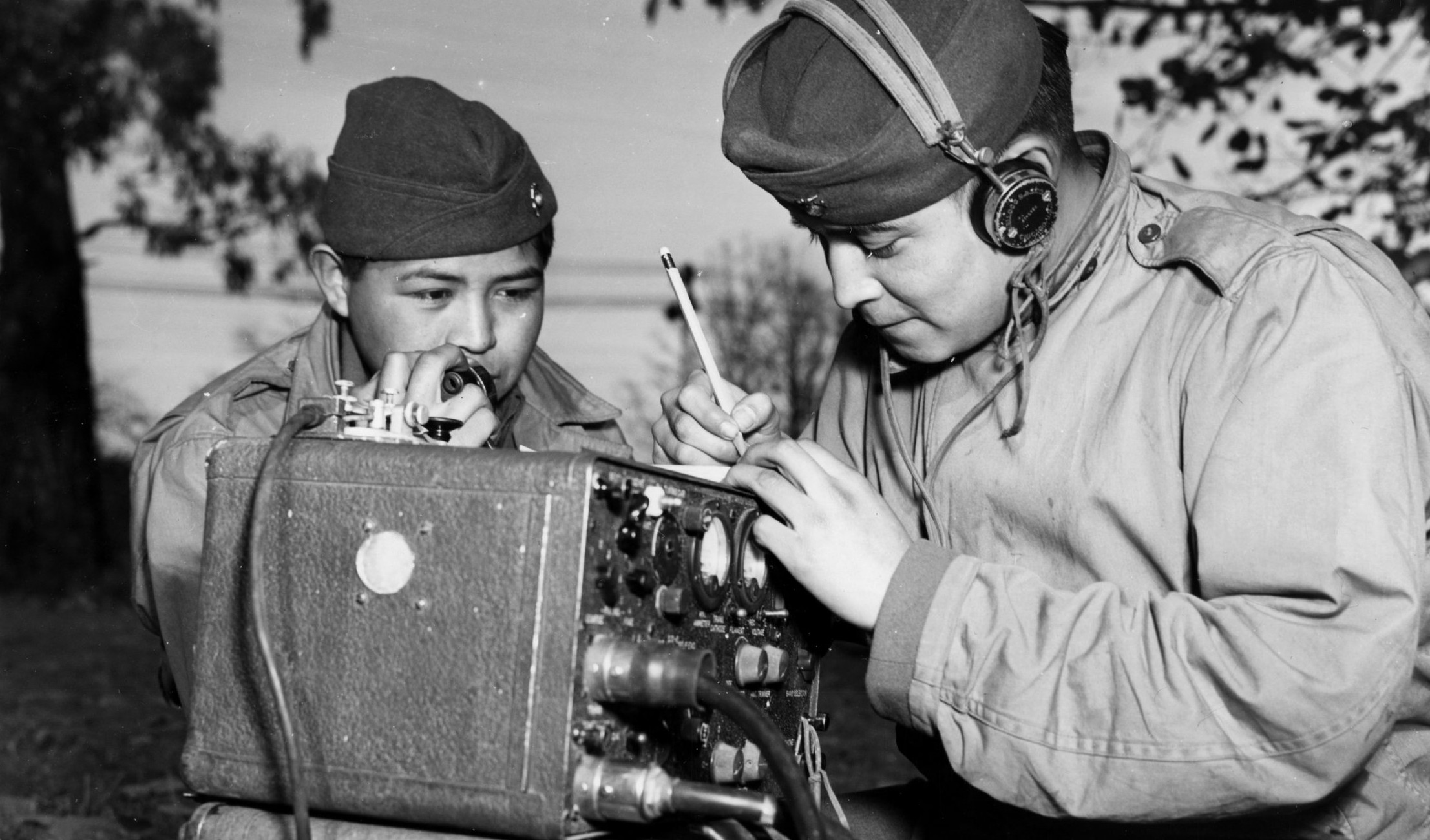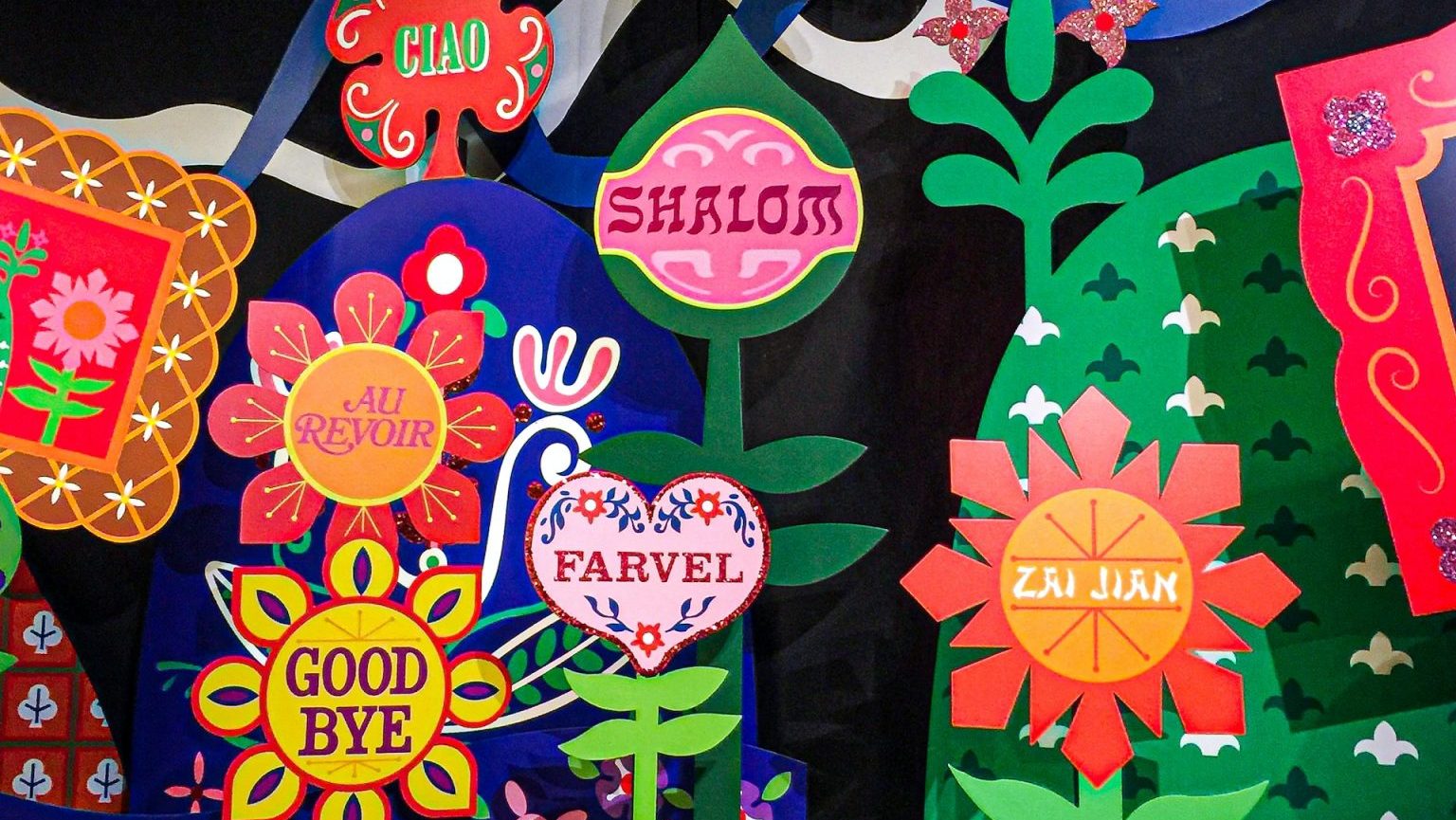Milton Glaser has had one of the most distinguished design careers of any living American artist. He tells Big Think his childhood inspirations and influences and charts his artistic evolution.
Question: When did you decide to become an artist?
Milton Glaser: I decided to become an artist at the age of five when a cousin of mine came into the house and drew a picture of a horse on a paper bag, and I was so astonished that somebody could replicate life that I said, “That's what I'm going to spend my life doing.” And, of course, that's what happened subsequently. Not so much of drawing horses on the side of bags, but actually making things. I suppose that was the thing that most attracted me about the idea of being an artist.
Question: What was the first design work you were paid for?
Milton Glaser: The first thing I did that I was paid for was, at the age of eight or nine, drawing pictures of naked girls for my classmates for a penny apiece. It was not high paying, but then again it developed my aptitude.
Question: Has your artistic career path surprised you?
Milton Glaser: That's such a complicated question. I don't know exactly what my expectations were when I was living in Bologna. I could say that the only real expectation I had that was meaningful was the opportunity to do good work. And so I didn't know exactly what that path would be when I started. I knew there was such a thing as design as an activity that you could pursue, but what aspect of it I would specifically find myself doing, I really didn't know. And the truth is that throughout my career as a designer I've done all these strange things that, frankly, I did not expect to ever do, like designing restaurants and publications and supermarkets and any number of other things that could not have been anticipated except for the fact that you encountered people who gave you that opportunity.
When I was in Bologna, I was toying with the fact of becoming a graphic artist in the sense of doing prints, [then] I discovered afterwards that the designation "graphic artist" is mostly used now to describe people who do book jackets and album covers and all other things that have only a casual relationship to the world of art. So at the beginning, I didn't have a very clear definition of what I would be doing on a day-to-day basis, but I did have this sense that I wanted to be engaged in activity that would take objects that I saw around me and translate them into some kind of visual equivalent and communicate ideas to people. I know that sounds vague, but that was as specific as I was getting.
Question: How has your work evolved over your career?
Milton Glaser: Well, it's interesting to look at the history of your work. Actually, one of the benefits of being in the world of making things is that you have an accurate record of what it is you've made. And for most of us the past is a mystery. I mean, I know that the mind is extremely unreliable in terms of memory and trying to recall what it is you've already done. If any of us goes back to the house that we lived in, we are astonished [at] the degree to which it has shrunken. The nice thing about a career in the visual arts is there is an accurate record of what you once believed and what you once thought about the world and how you perceived it. I think the most wonderful thing about being in this field is that you can continue to do it for a very long time and that you don't have to do exactly the same thing for a very long time. The opportunities for change and the desirability of change becomes evident over a period of years.
I've been doing this for an awfully long time and the work in some cases is not recognizable from what it was forty or fifty years ago. And one hopes that the change is to become broader and deeper and simpler and more compelling as you go along. I don't want to be immodest, but I think my work has gotten less complex, more direct, and I'm more effective at communicating ideas in a way where they remain potent. My work was also more illustrative, more interested in a particular manifestation of style, and so on, in the early years, and it became less involved with issues of style and more involved with issues of clarity and effectiveness.
Question: What historic art movements have most influenced your work?
Milton Glaser: In terms of art movements. Well, I've been persistent in using the history of art as my basic resource. And my favorite periods are certainly the Viennese Cessation and American Modernism and my attachment to Italy and the Renaissance and Piero della Francesca. And the two poles of my affection and experience and influence are Morandiva, studied with the fantastic show here at the Metropolitan that was profound and deep and incredibly moving. He was a man who wanted nothing. He didn't want women or success or fame or money, and alternately, Picasso, who wanted everything. He wanted all the money, all the fame, all the women. And I find my personality in life bouncing between those two models.
Recorded on: August 27, 2009





